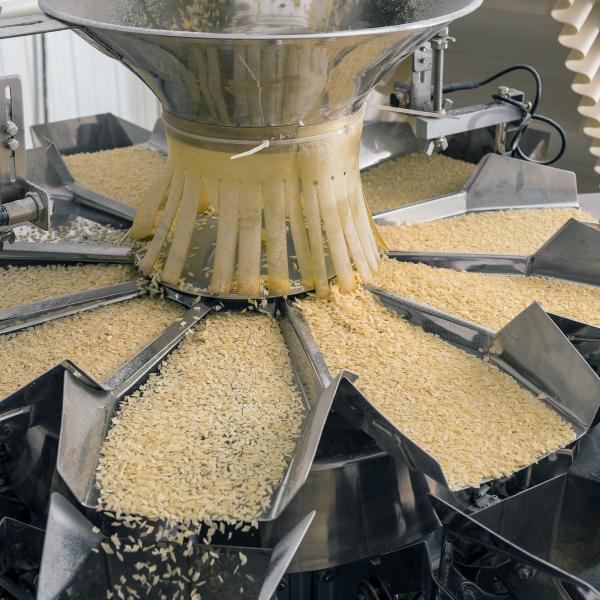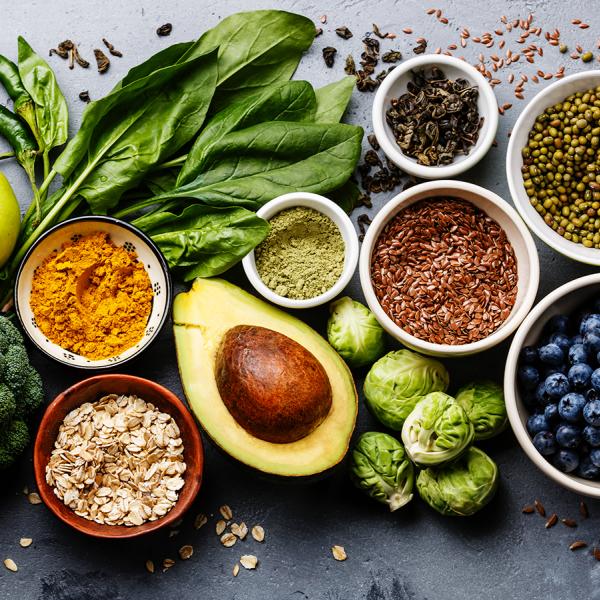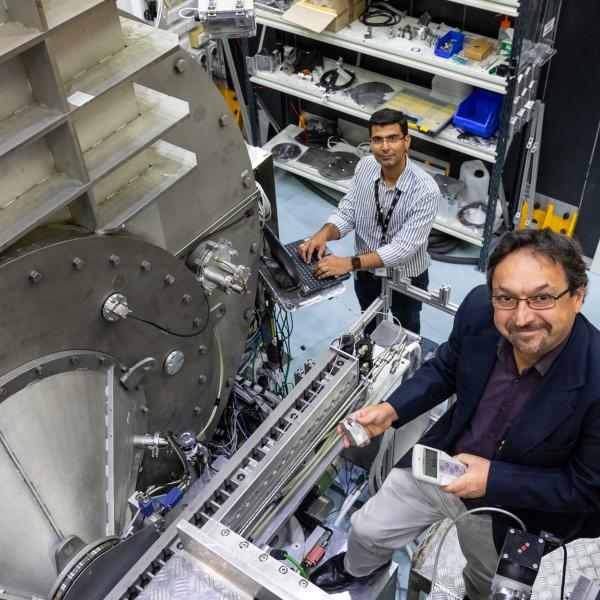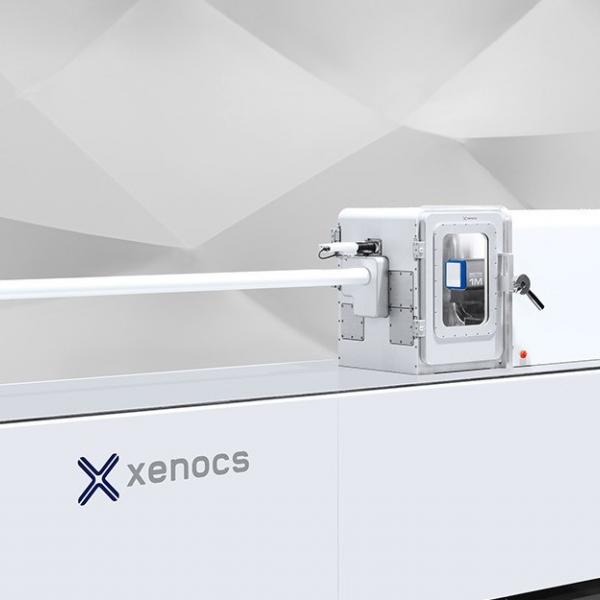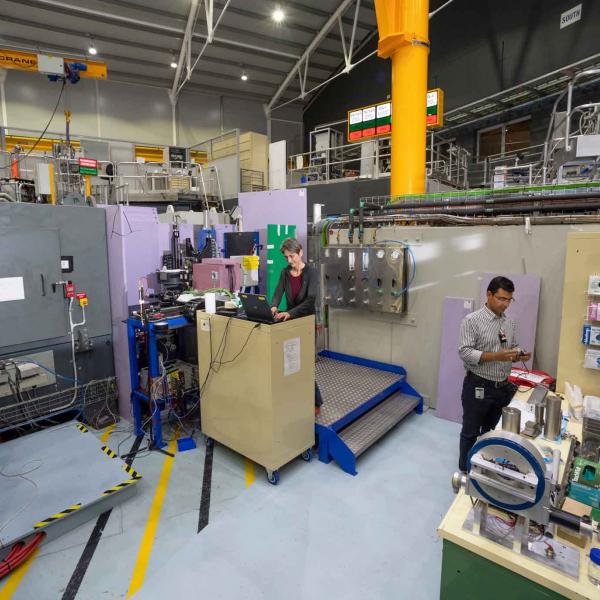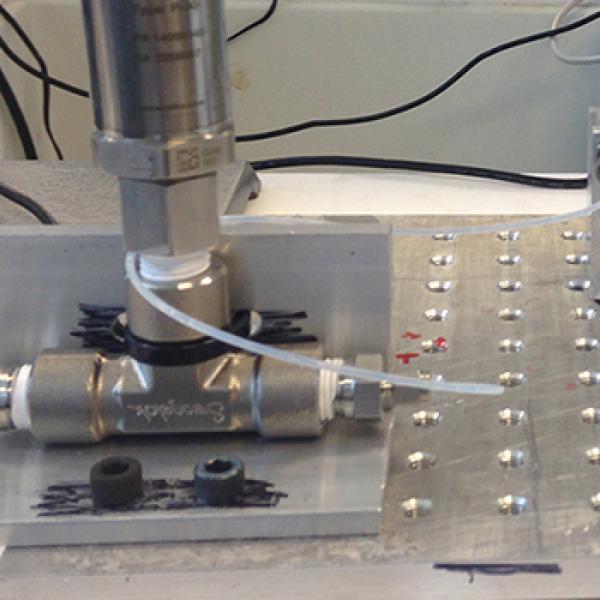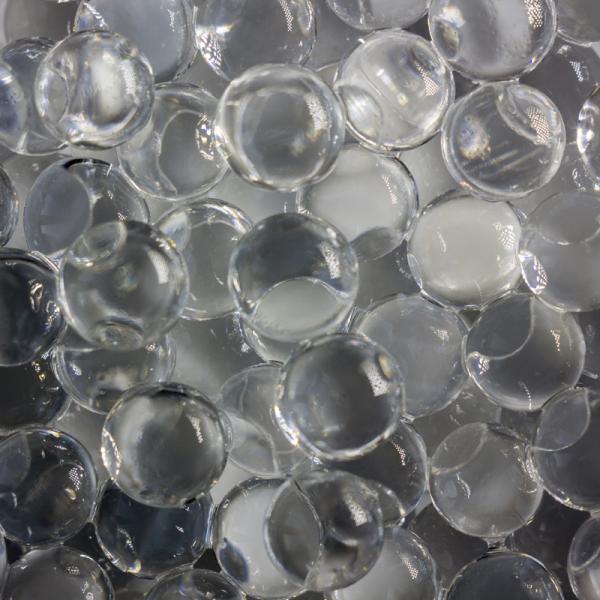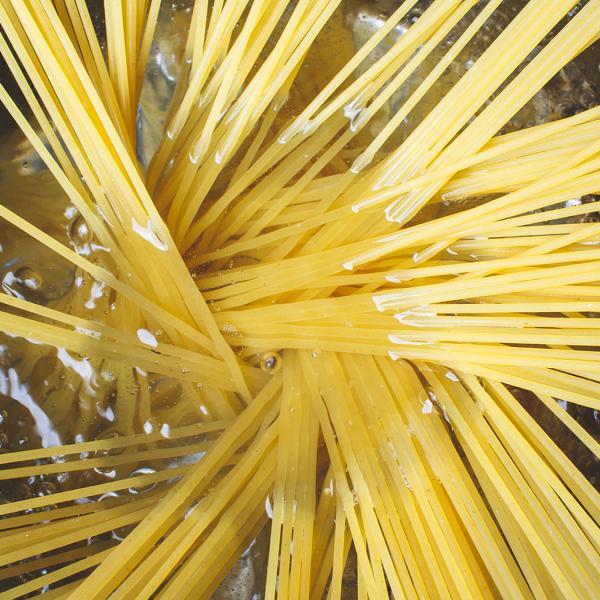
Food Materials Science
When designing food products for the marketplace, selecting the appropriate ingredients for a product, or controlling the behaviour of a formulation during processing, it is critical to understand but, ideally better, to predict structure-function-property relationships within food constituents. This includes knowledge of not only the structure of native materials but also the structural changes that they undergo across a wide range of length scales brought about by food processing.
Food Materials Science utilises ANSTO’s unique nuclear-based methods, including small-angle neutron scattering (SANS), in an effort to address some of the key challenges in food materials science. The inherent complexity of modern food systems calls for the application of interdisciplinary scientific approaches. ANSTO welcomes collaborations with food scientists in academia and industry, as well as food structure and food processing specialists, biologists, chemists, physicists, engineers, physiologists, and nutritionists to explore new opportunities that address key issues in food materials.
Neutron and X-ray scattering methods are used extensively. Most investigations are carried out on the 40m small-angle neutron scattering instrument Quokka (see below).

